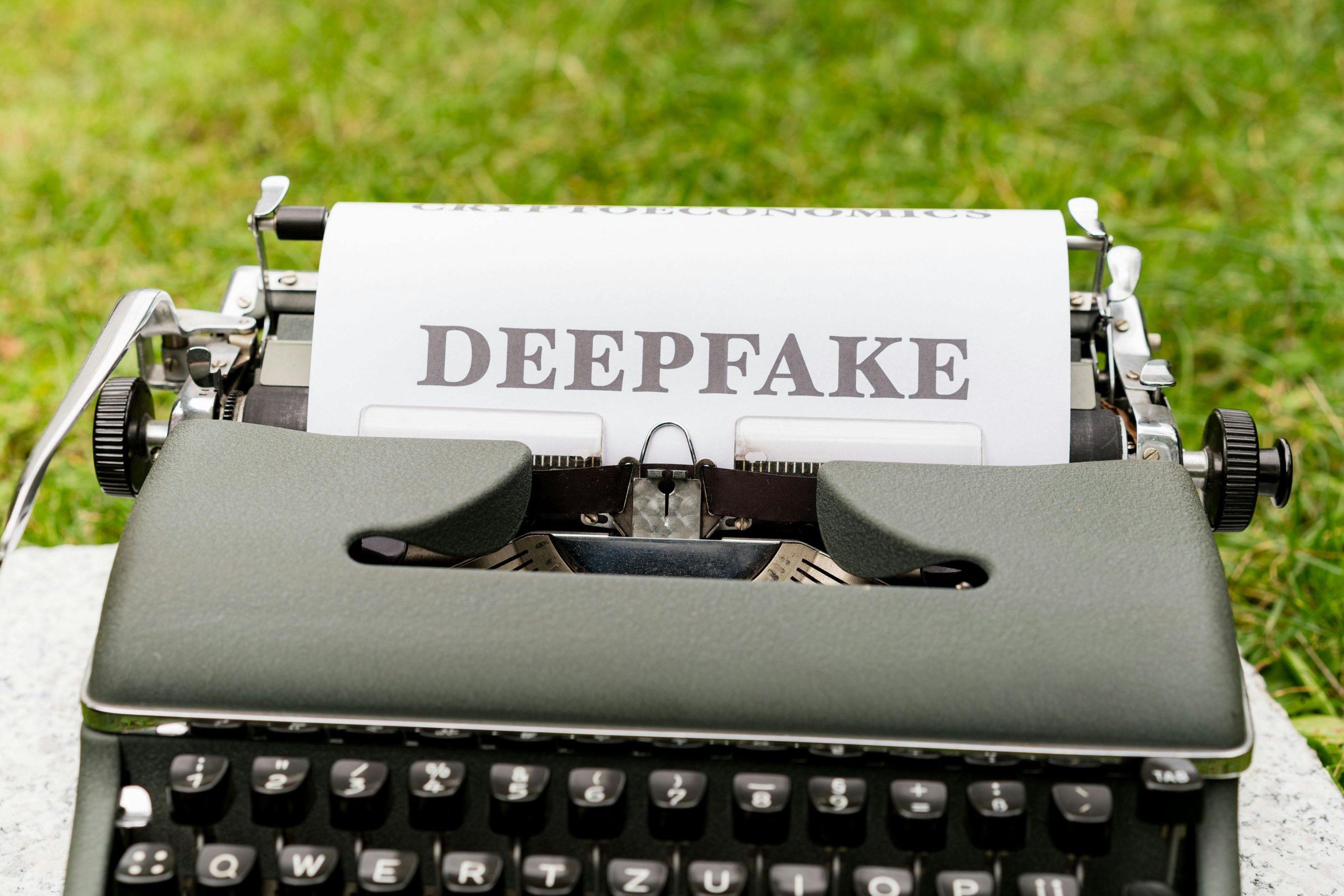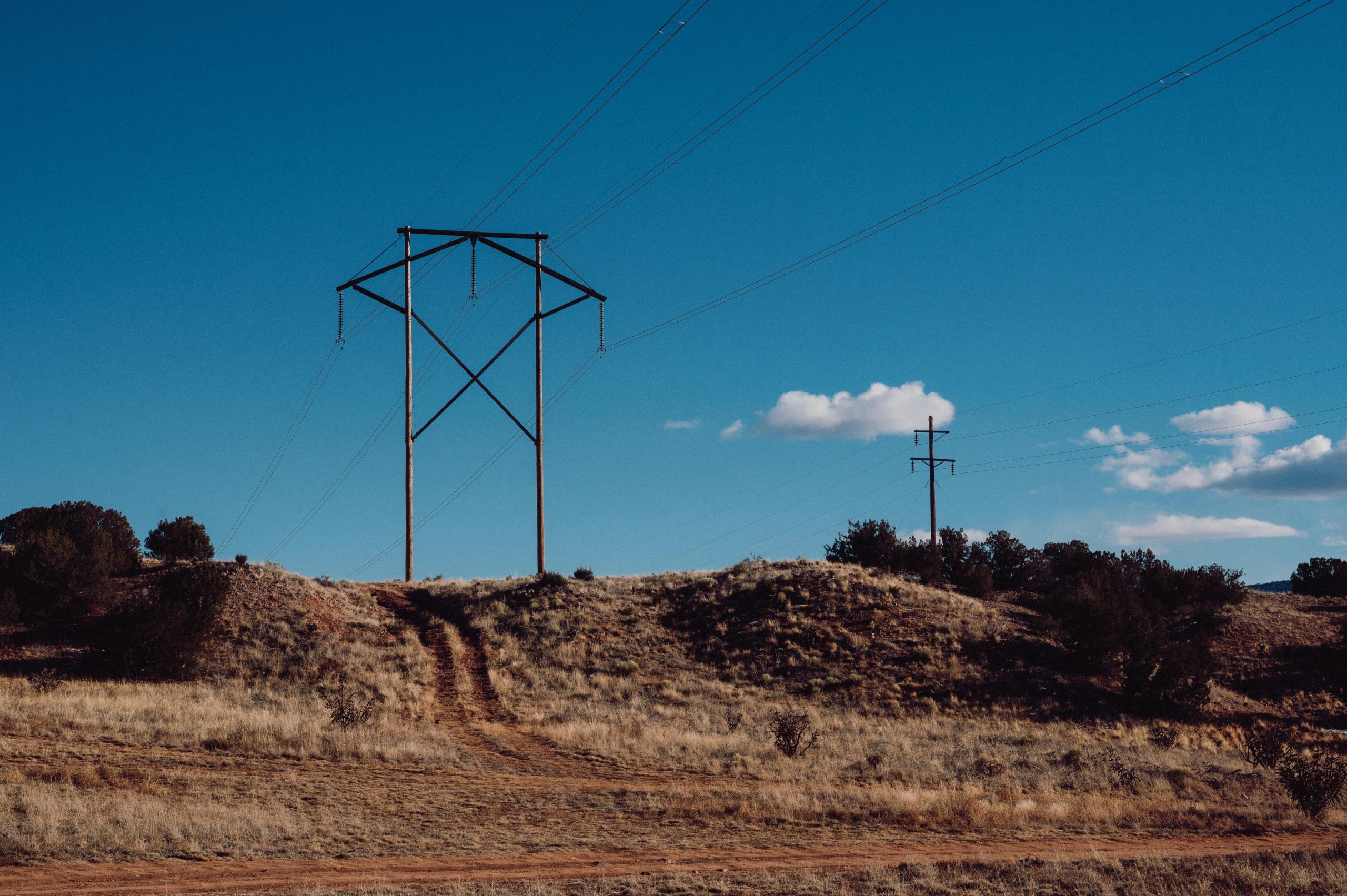How to Take a Screenshot on Windows: A Comprehensive Guide

In today’s digital world, capturing your screen is a fundamental skill, whether for troubleshooting, sharing information, or documenting processes. Windows offers several built-in methods to take screenshots, ranging from simple key combinations to more advanced tools. This guide provides a comprehensive overview of how to screenshot on Windows, covering all the essential techniques and features available in current versions of the operating system, including Windows 10 and Windows 11.
Understanding the Basics: Essential Keyboard Shortcuts
Windows provides several keyboard shortcuts that allow for quick and efficient screen capture. These methods are universally available across most Windows versions and are often the fastest way to get a screenshot.
The Print Screen (PrtScn) Key
The Print Screen key, often labeled as PrtScn, Print Scrn, or similar variations, is the most traditional way to capture your screen. Its behavior can vary slightly depending on your keyboard and Windows configuration.
- Capturing the Entire Screen: Pressing the PrtScn key by itself will capture an image of your entire screen and copy it to your clipboard. You can then paste this image into an application like Paint, Word, or an email client.
- Capturing the Active Window: To capture only the currently active window, hold down the Alt key while pressing PrtScn. This is particularly useful when you need to isolate a specific program or dialog box.
- Saving the Entire Screen to a File: For a more convenient way to save screenshots, press the Windows key + PrtScn. This will capture your entire screen and automatically save it as a PNG file in the Pictures > Screenshots folder. The screen will briefly dim to indicate that the screenshot has been taken.
The Windows Key and Screenshots
The Windows key plays a crucial role in several screenshot functionalities, especially when combined with other keys.
- Windows key + PrtScn: As mentioned above, this combination captures the entire screen and saves it directly to your Screenshots folder.
- Windows key + Shift + S: This shortcut activates the Snip & Sketch tool (or Snipping Tool in older versions), allowing you to select a specific area of your screen to capture.
Leveraging Built-in Windows Tools
Beyond basic keyboard shortcuts, Windows offers dedicated tools designed for more advanced screenshotting capabilities.
The Snip & Sketch Tool (Windows 10 and 11)
Introduced in Windows 10 and refined in Windows 11, the Snip & Sketch tool provides flexible options for capturing parts of your screen.
Accessing Snip & Sketch
You can access this tool in several ways:
- Keyboard Shortcut: Press Windows key + Shift + S. Your screen will dim, and a small toolbar will appear at the top, offering different snipping modes.
- Action Center: In Windows 10, you can find a “Screen snip” button in the Action Center (accessed by pressing Windows key + A). In Windows 11, this is integrated into the new Quick Settings panel.
- Start Menu: Search for “Snip & Sketch” in the Start Menu.
Snip & Sketch Modes
Once activated, you can choose from the following snipping modes:
- Rectangular Snip: Allows you to draw a rectangle around the area you want to capture.
- Freeform Snip: Lets you draw any shape around the desired area.
- Window Snip: Captures a specific window you click on.
- Fullscreen Snip: Captures the entire screen.
After taking a snip, a notification will appear, allowing you to open the captured image in the Snip & Sketch app for editing, annotating, saving, or sharing.
The Snipping Tool (Older Windows Versions and Still Available)
While Snip & Sketch is the modern successor, the Snipping Tool remains available in Windows 10 and 11 for users who prefer its interface or functionality.
Accessing the Snipping Tool
You can find the Snipping Tool by searching for it in the Start Menu.
Snipping Tool Modes
The Snipping Tool offers similar modes to Snip & Sketch:
- Free-form Snip: Draw a freehand line around an object.
- Rectangular Snip: Drag the cursor around an object to draw a rectangle.
- Window Snip: Select the window, such as a dialog box or a program window, that you wish to capture.
- Full-screen Snip: Captures the entire screen.
The Snipping Tool also allows for basic annotation and saving of screenshots.
Game Bar for Gaming Screenshots
For gamers, the Xbox Game Bar offers a convenient way to capture gameplay and other screen activities.
Accessing the Game Bar
Press Windows key + G to open the Game Bar overlay. If you’re in a game, it should automatically detect it.
Taking Screenshots with Game Bar
Within the Game Bar, you’ll find a “Capture” widget. Click the camera icon to take a screenshot. By default, screenshots taken via the Game Bar are saved in the Videos > Captures folder.
The Game Bar also allows for recording gameplay, which can be a useful companion feature for capturing moments in games.
Advanced Screenshot Techniques and Tips
For users who need more control or specific features, several advanced techniques can be employed.
Using the Clipboard History
Windows 10 and 11 feature a Clipboard History that can be enabled to store multiple copied items, including screenshots. This is particularly useful if you take several screenshots in quick succession and want to access them later without re-capturing.
Enabling Clipboard History
To enable Clipboard History:
- Press Windows key + V to open the Clipboard History panel.
- If it’s not enabled, click the “Turn on” button.
Once enabled, any screenshot you copy to the clipboard (using PrtScn or Alt + PrtScn) will be saved in the history. You can then select and paste any of the stored images.
Screenshots with Third-Party Software
While Windows’ built-in tools are robust, many users opt for third-party software to gain more advanced features, such as:
- Scrolling Screenshots: Capturing content that extends beyond the visible screen area, such as long web pages or documents.
- Delayed Screenshots: Setting a timer before a screenshot is taken, allowing time to prepare the screen.
- Advanced Editing Tools: More sophisticated annotation, blurring, and editing capabilities.
- Cloud Integration: Automatic uploading of screenshots to cloud storage services.
Popular third-party screenshot tools include ShareX (free and open-source), Greenshot (free), PicPick (free for personal use), and paid options like Snagit. These tools often offer a higher degree of customization and workflow integration.
Accessibility Features for Screenshots
Windows also includes accessibility features that can assist users with taking screenshots.
- Sticky Keys: For users who find it difficult to press multiple keys simultaneously, Sticky Keys can be configured to allow modifier keys (like Shift, Ctrl, Alt, or the Windows key) to be pressed one at a time. This can make using shortcuts like Windows key + Shift + S more manageable.
- On-Screen Keyboard: The On-Screen Keyboard can also be used to activate screenshot shortcuts by clicking the virtual keys.
Organizing and Managing Your Screenshots
As you take more screenshots, it’s important to have a system for managing them.
- Default Save Locations: Be aware of where your screenshots are being saved. The PrtScn + Windows key combination saves to Pictures\Screenshots. Game Bar saves to Videos\Captures.
- Creating Folders: Regularly move your screenshots from these default locations into organized folders, perhaps categorized by project, date, or topic.
- File Naming Conventions: Consider renaming your screenshot files to be more descriptive. For example, instead of “Screenshot (1).png,” you might use “LoginError2024-08-10.png.”
- Cloud Storage Sync: Services like OneDrive, Google Drive, or Dropbox can automatically sync your Screenshots folder, providing a backup and making your images accessible across devices.
Recent Developments and Future Trends
Microsoft continues to refine its screenshot capabilities. In recent updates to Windows 11, the Snip & Sketch tool has seen further integration and performance improvements. The focus remains on making screen capture more intuitive and powerful, especially for productivity and collaboration.
The trend towards more integrated cloud services also impacts screenshot management, with many users expecting seamless synchronization and sharing options directly from the capture tool. As remote work and digital communication become more prevalent, the ability to quickly and effectively share visual information via screenshots will only grow in importance.
By mastering these various methods, you can efficiently capture and utilize screen content on your Windows device, enhancing your productivity and communication.










